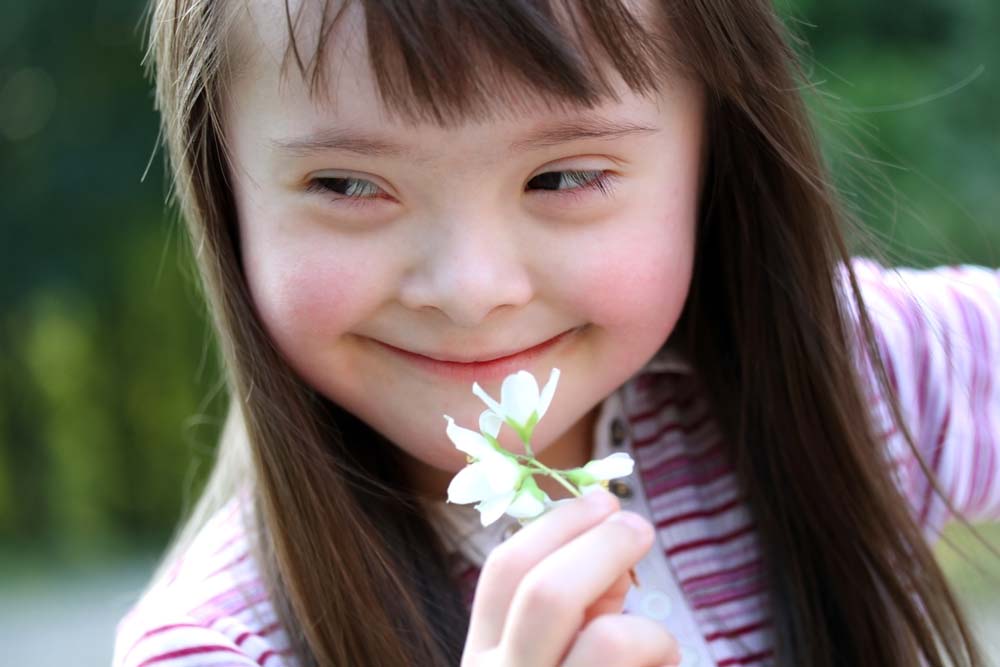What You Need to Know About Abuse & Neglect
This section contains general information about abuse and neglect, as well as why children with disabilities are at higher risk and may not tell someone when they are being abused.
What is Abuse and Neglect?
Texas Department of Family and Protective Services breaks abuse and neglect of children into four categories: Physical abuse, neglect, sexual abuse, and emotional abuse.
Physical abuse is physical injury that results in substantial harm to the child, or the genuine threat of substantial harm from physical injury to the child. The physical injury (ranging from minor bruises to severe fractures or death) can result from punching, beating, shaking, kicking, biting, throwing, stabbing, hitting, burning, choking, or otherwise harming a child. Such injury is considered abuse regardless of whether the caretaker intended to hurt the child.
Neglect is failure to provide for a child’s basic needs necessary to sustain the life or health of the child, excluding failure caused primarily by financial inability unless relief services have been offered and refused.
Sexual abuse includes fondling a child’s genitals, penetration, incest, rape, sodomy, indecent exposure, and exploitation through prostitution or producing pornographic materials.
Emotional abuse is mental or emotional injury that results in an observable and material impairment in a child’s growth, development, or psychological functioning. It includes extreme forms of punishment such as confining a child in a dark closet, habitual scapegoating, belittling, and rejecting treatment for a child.
Risk of Abuse
Children with disabilities are more at risk for abuse for a number of reasons.
Historically, they have tended to be more isolated than children without disabilities in school and in the community. Some children require help with using the toilet, bathing, and dressing from multiple caregivers. They may not have been taught about personal safety and sexuality. Other things that make children with disabilities more at risk for abuse include:
- Social bias. Children and adults with disabilities in our culture have been traditionally treated as being less valuable, invisible, and “different than” people without disabilities.
- Opportunity. Abusers may believe that children with disabilities, particularly children with intellectual disabilities, are easier to trick, bribe, or coerce.
- Lack of information. Children with disabilities are often seen as being asexual, and are not given sexuality education that could help them recognize that what is happening is abuse. In addition, children are frequently trained to be obedient, which can limit their ability to say no or stop – especially to someone they see as an authority in their lives.
- Difficulty telling about abuse. Children with communication disabilities may have difficulty telling people what happened. When children do tell about abuse, it is frequently not believed, investigated, or prosecuted because of the child’s disability.
- Lack of experience. Often, professionals do not realize that although it may require a greater investment of time, children with disabilities can be credible court witnesses to their own abuse.
- Lack of awareness. Parents, guardians, educators, and disability service providers often don’t realize that children are at high risk for abuse, and may not recognize signs of abuse. Changes in behavior are often assumed to be related to the disability, rather than a possible symptom of abuse by another person.
When Children Do Not Tell
Children with disabilities often do not tell about the abuse for a number of reasons. They may love and want to protect the abuser. They may be frightened by the abuser or frightened of getting in trouble themselves. Some children may feel guilty or not want to upset the family. They may not know that what is happening to them is not okay. Or they simply may not have the ability to communicate what is happening.
-
- Fear. Abusers can threaten to hurt the child or their family if they tell. Children can also be afraid their parents or caregivers will not believe them, or that they will be punished for doing something wrong.
- Guilt. The child may feel guilty for “letting” the abuse happen, particularly if some of what the abuser does feels good.
- Manipulation. Abusers can convince the child that they share a rare relationship, and that what the abuser does is out of love or because the child is special.
- Lack of awareness. Some children with disabilities don’t realize they are being abused.
- Protection. The child may be afraid of getting the abuser in trouble, particularly if it is a family member, friend, or service provider. Children may not want to upset their parents, guardian, or family.
Indirect disclosures. When children do tell, it may be long after the abuse. Or they may tell indirectly. They may test their listener by giving the story in small pieces. Children may pretend a “friend” is the one who has been hurt, or give hints about abuse that are easy to miss. Younger children may disclose through play, by acting out the abuse, or through sexual behaviors that don’t match their developmental age.
(These sections adapted in part from SAFE, Child Welfare Information Gateway, and Davis.)



